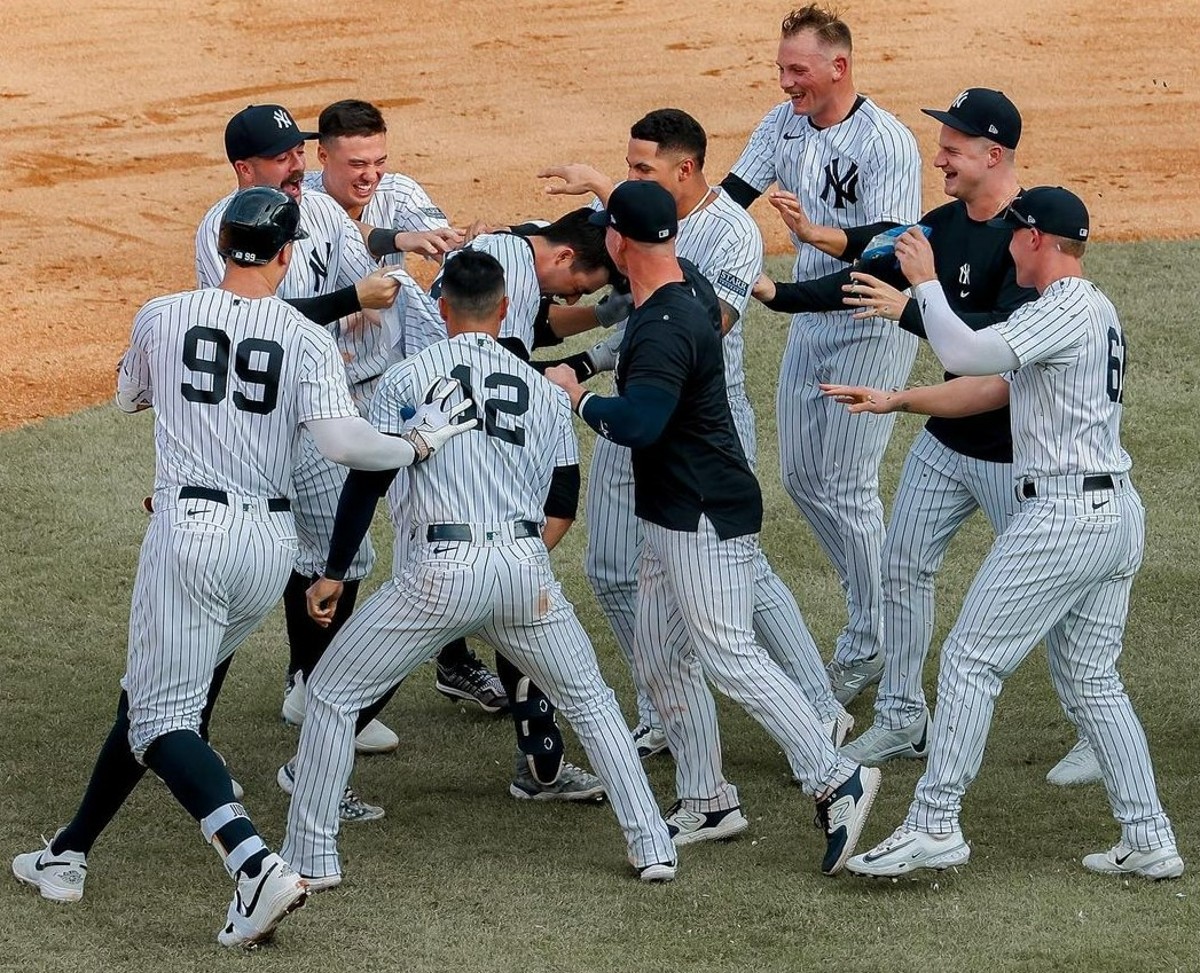Yankees’ post-season analysis likely to miss main culprits


Sara Molnick
More Stories By Sara Molnick
- Mother’s Day: How Anthony Volpe’s mom molded him into a Yankee phenom
- Yankees weighing Alex Bregman pursuit as Juan Soto decision looms
- Yankees’ Aaron Judge achieves unanimous AL MVP status after remarkable year
- Rumors point to Gleyber Torres joining AL team, Yankees matchups anticipated
- Juan Soto leaves Yankees’ pitch feeling ‘closer’ to Steinbrenner ahead of free agency showdown
Table of Contents
The Yankees have embarked on an offseason marked by introspection and evaluation, prompted by their worst season since 1992 and their first postseason absence since 2016. While the team has opted for an external audit and even named the agency, the exercise seems to be missing the main culprits, who have remained untouchable so far.
General Manager Brian Cashman, Manager Aaron Boone, and Owner Hal Steinbrenner have convened in Tampa to commence the offseason’s postmortem. But the meeting largely ended without any tangible action and with heated exchanges.
The Yankees owner described it as an intense debate, clarifying that when he used the term “dicey,” he meant there were raised voices. However, he emphasized that this kind of passionate Yankees discussion was a healthy and positive aspect of their interactions, as long as it was conducted with respect.
However, a prevailing external perception has emerged, suggesting that Cashman strongly aligns with his analytical team, with the head of that faction, assistant GM Mike Fishman, wielding significant influence. Steinbrenner also alluded to the involvement of his eldest nephew, Steve Swindal Jr., in playing a substantial role in many of the decisions made by the organization. Notably, Swindal has a strong association with the analytical group.
Yankees review to overshadow Aaron Judge’s call for change

On the final day of the season, New York Yankees captain Aaron Judge slammed the teams’ analytics-heavy approach and called for a change. He bluntly told the Yankees to shift their focus away from the usual statistics and consider the importance of other, perhaps less conventional, metrics.
During his discussion with reporters on October 30 in Phoenix, as reported by David Lennon of Newsday, Aaron Judge mentioned that changes encompass a wide range of possibilities, including shifts in philosophies, player personnel, and coaching staff. He acknowledged that the team hasn’t reached the pinnacle of success for several years, signifying the need for improvement, particularly in terms of player acquisitions, and expressed optimism about the potential for positive changes that could lead them back to championship contention.
Change is inevitable, but the extent remains uncertain. The organization is grappling with fundamental questions: Are we prioritizing the right metrics? Do our processes need refinement? There is intense scrutiny of the Yankees’ analytics department, which has displayed a fixation on exit velocity and spin rates and, in some cases, advised GM Brian Cashman to execute ill-fated trades involving players like Joey Gallo, Josh Donaldson, and Frankie Montas, to name a few.
But there is an unpretentious indication that not all are agreeing to changes that Yankees fans expect and the owners may not be eager to force their decisions on them. Steinbrenner doesn’t have the appetite to face a more delicate situation within the organization following a significant overhaul.
Good news for the Yankees
Amid this introspection, Baseball America has published an “MLB farm system Statcast hitting rankings,” indicating that the Yankees’ minor league system boasts robust underlying data and attributes – a noteworthy revelation, to say the least.

Geoff Pontes and Dylan White noted in their analysis that it’s expected for the Dodgers and Yankees to hold prominent positions in the realm of analytics.
Baseball America conducted its research, utilizing Hawkeye data from the minor leagues. One notable metric they employed was the Age-Adjusted Hit Score+, which factored in exit velocity, launch angle, contact, and approach data. To standardize the metric, it was normalized with 100 representing the average. The adjustment for age was made to account for the variability in ages and strength, particularly in minor-league production.
In this specific metric, the Yankees were positioned at the second spot, trailing the Dodgers, with a remarkable Age-Adjusted Hit Score+ of 115.17.
The impressive underlying statistics didn’t conclude there. Here’s a breakdown of the data and the Yankees’ rankings in various categories concerning their farm system, which was originally ranked 21st in MLB Pipeline’s midseason rankings:
- 90th percentile exit velocity: Third, registering an average of 102.46 (compared to the average of 101.52).
- Miss rate/contact rate: Nineteenth, with a rate of 28.68% (as opposed to the average of 28.29%).
- Chase rate: Fifth, displaying a rate of 25.07% (compared to the average of 26.61%).
The future holds the answers to those questions, and it will reveal how these numbers align.
What do you think? Leave your comment below.
- Categories: aaron judge, Hal Steinbrenner, New York Yankees
- Tags: aaron judge, Hal Steinbrenner, New York Yankees


 Follow Us
Follow Us









